Discover insights, tips, and stories from the skies — from aircraft buying guides to pilot training.

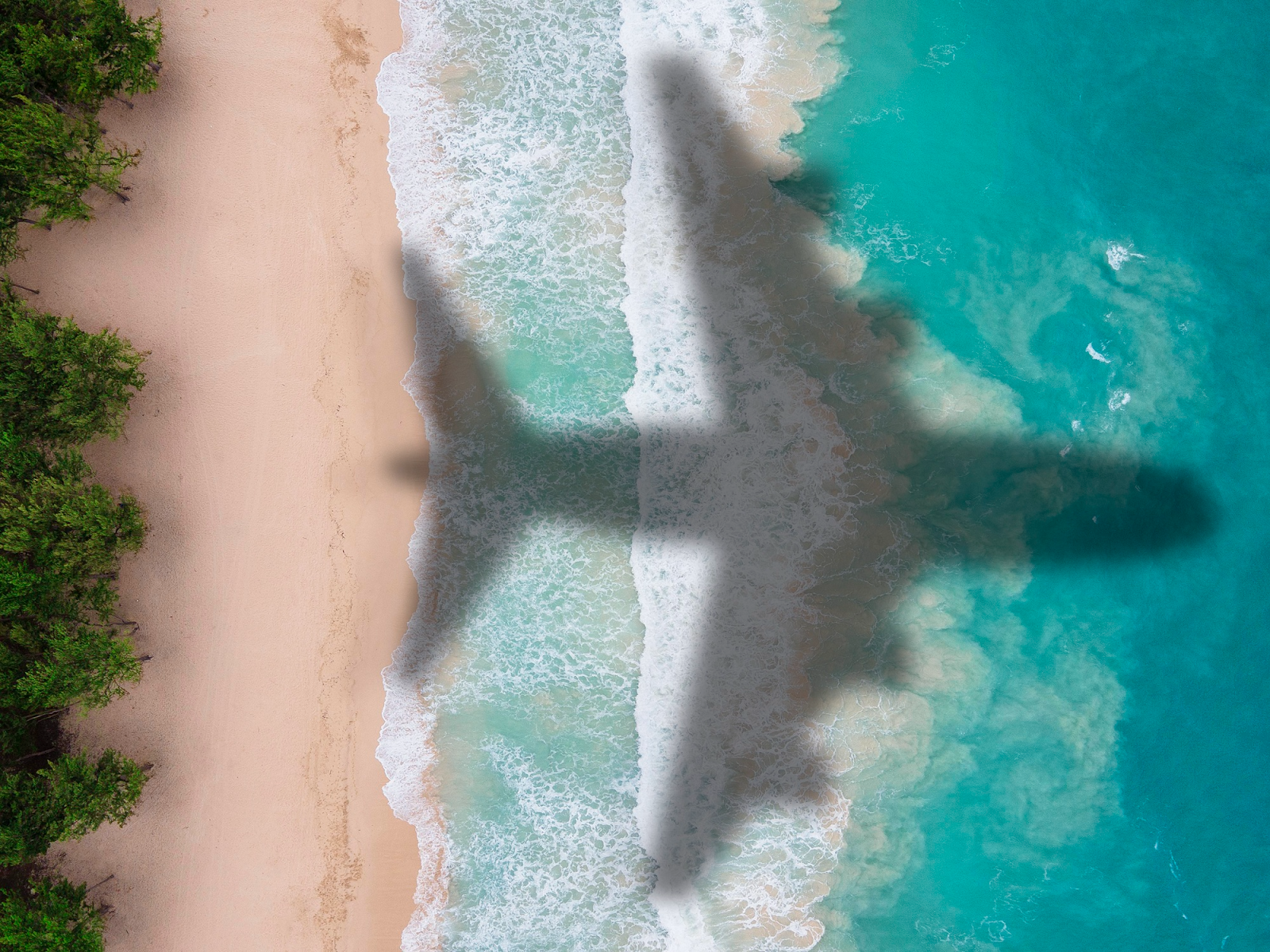
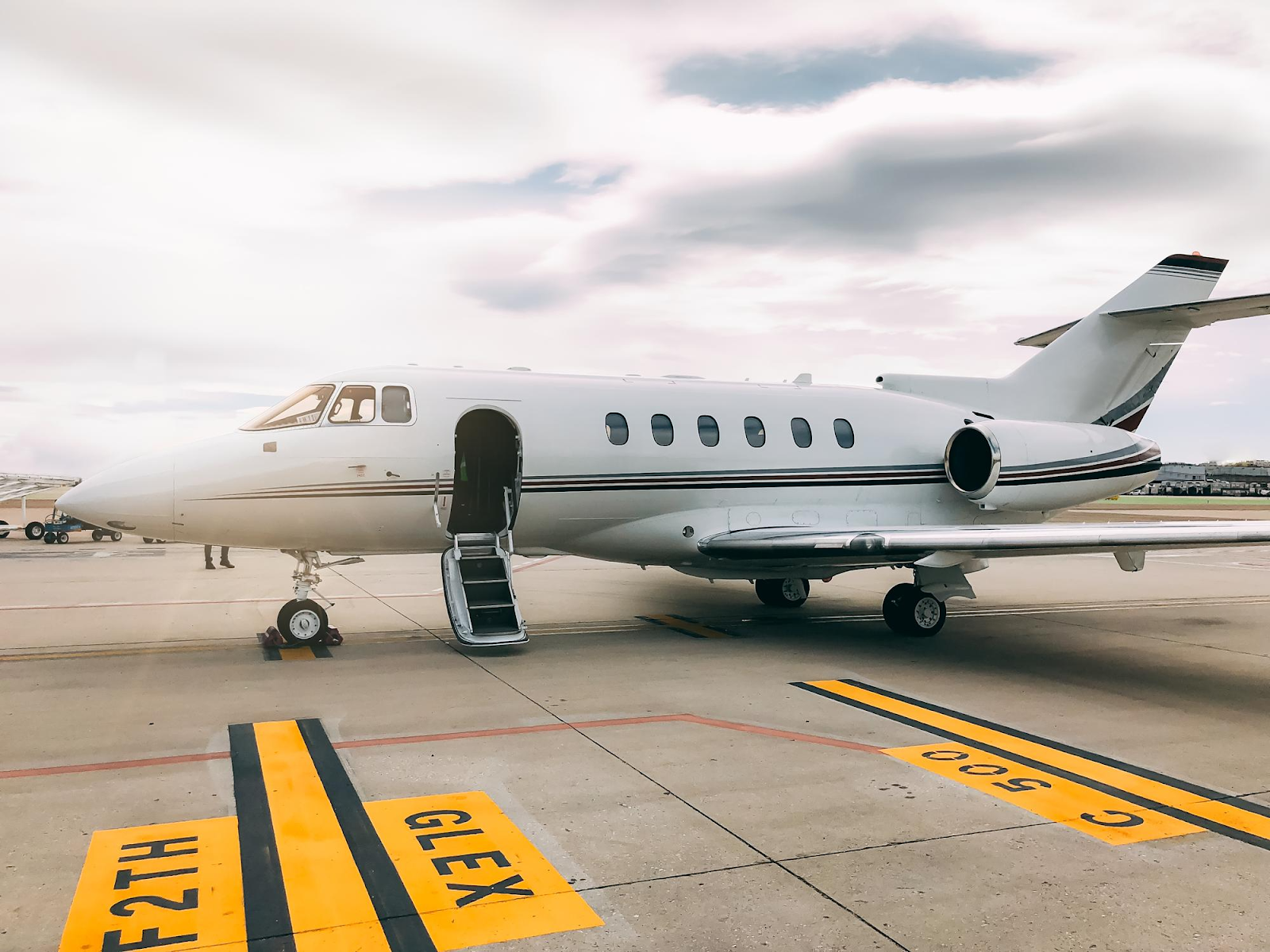
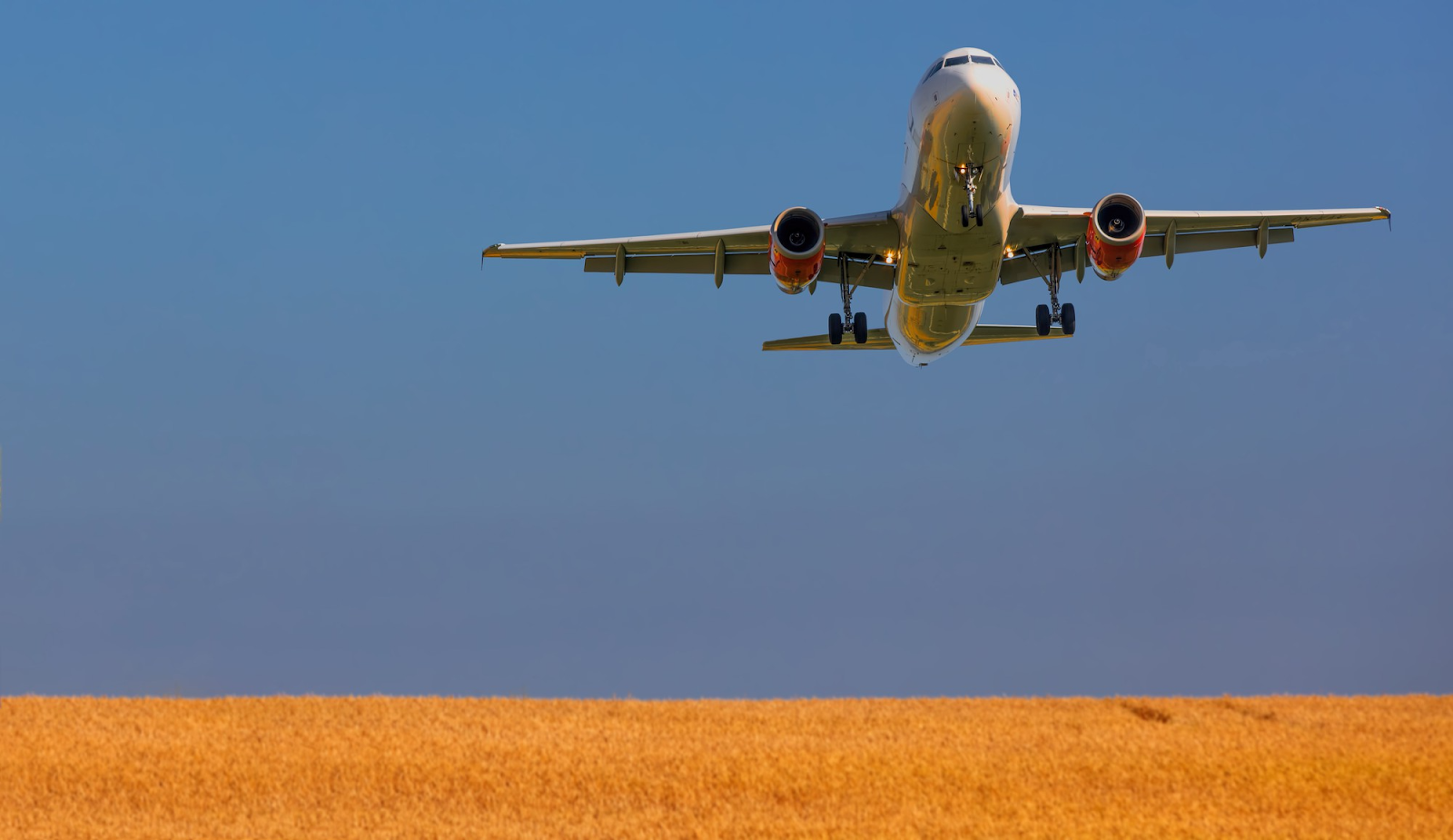
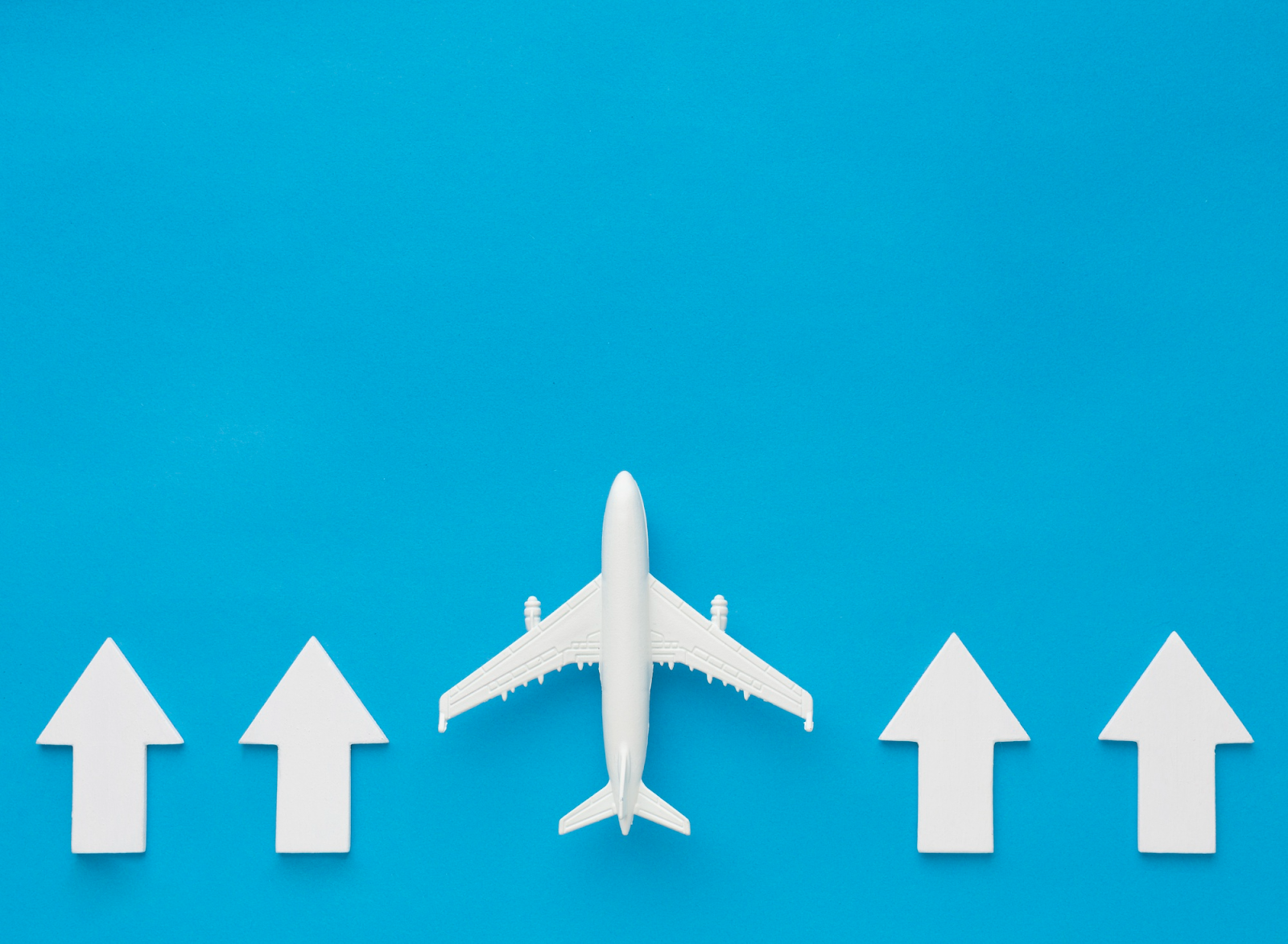
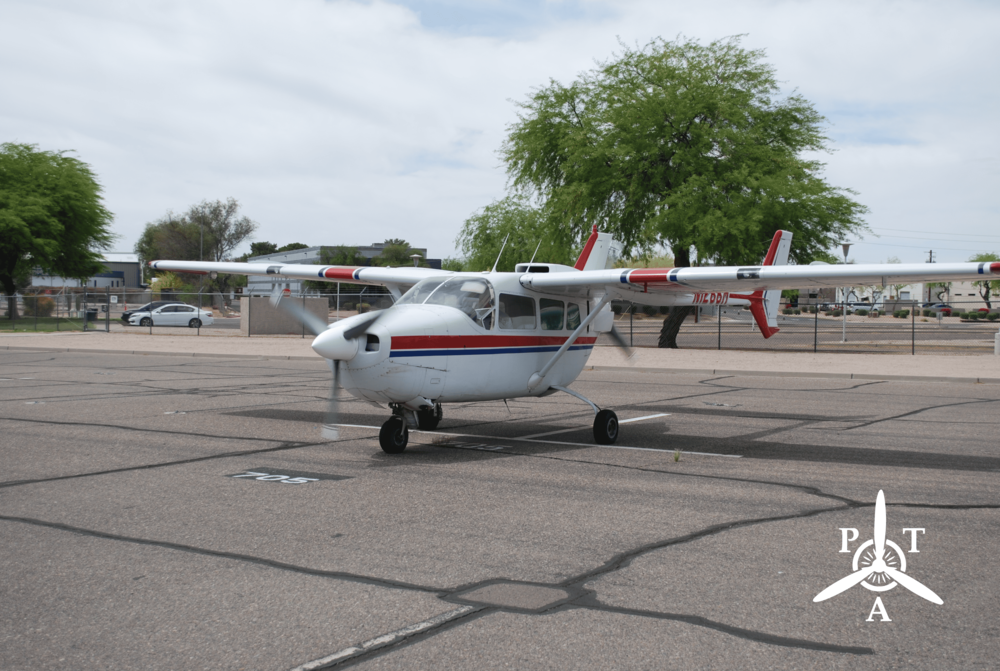
Published: June 27, 2025
If you own an airplane or dream of owning one someday, it’s important to know how much it really costs to fly it. Not just how much you paid for it—but what it costs every hour it’s in the air. That’s called the aircraft operating cost per hour. And it can be a big deal, especially if you fly often or rent your plane to others.
In this guide, you’ll learn how to calculate your costs, what to include, and why hourly numbers matter more than yearly totals. No matter if you're new to aviation or just looking to get smarter about your budget, you're in the right place.
Aircraft operating cost is the money it takes to keep an airplane running. This includes everything from fuel to repairs. It doesn’t matter if you fly a small propeller plane or a big jet—every flight brings new expenses.
Operating costs are usually split into two main groups:
These are costs you pay no matter how often you fly. Think of them as the “always there” bills.
Hangar fees (where your plane is stored)
Insurance
Annual inspections
Loan payments (if you financed the plane)
Even if your airplane stays at the airport all month, you still pay these costs.
These are costs that depend on how much you fly. More flying means more spending.
Fuel and oil
Landing fees
Maintenance during flights
Engine wear and overhaul planning
Tires, brakes, and other parts
When people say “hourly operating cost,” they’re mostly talking about these variable costs. But both fixed and variable costs matter when doing a full cost calculation.
The hourly operating cost shows you the real price of flying. It’s more helpful than simply looking at what you spend each year. It helps with planning, comparing, and making smart choices. No matter if you’re flying a small airplane or a jet, this number gives you power to fly wisely.
This number is important for many reasons, here’s a closer look at why.
Some costs stay the same all year. These are your fixed costs—like insurance, hangar rent, and inspections. But other costs only happen when you fly. That includes fuel and oil, landing fees, and engine wear.
When you break everything down by the number of hours flown, you get a better idea of how much each flight really costs. That’s your hourly operating cost.
Let’s say you plan to fly 100 hours this year. If your hourly cost is $200, then you know your total flying cost will be around $20,000. That makes it easier to save, budget, or decide how much to fly.
If you only look at your yearly spending, it can be confusing. Hourly numbers are simpler and easier to work with, especially when you're comparing trips or choosing between different aircraft.
Many people use an aircraft cost calculator to help with planning. These tools usually ask for your flying hours, fuel use, and other costs. They give you quick answers, but they need good inputs. Using hourly numbers makes the calculation accurate and useful.
Should you buy a plane? Keep your current one? Go for rental instead?
When you know your cost per hour, you can compare aircraft types, flight clubs, or shared ownership. You’ll see what gives you the best deal for the hours you actually fly.
Now that we know what operating cost means and why hourly numbers matter, let’s break down how to do the calculation. It’s easier than you might think—and yes, we’ll walk through every part together.
You don’t need to be a math expert. Just take it step by step.
These are the costs you pay whether you fly or not. To figure out the cost per hour, you need to know how much they total each year and how many hours you plan to fly.
Here are some fixed costs to include:
Insurance
Hangar or tie-down rental
Annual inspections (required in general aviation)
Subscriptions (like maps or weather tools)
Loan payments (if you financed your airplane)
Let’s say your fixed costs total $12,000 per year. If you fly 200 hours per year, you divide $12,000 by 200.
Fixed cost per hour = $12,000 ÷ 200 = $60 per hour
That’s just for fixed items. Let’s keep going!
These are the things that change depending on how often you fly. This is where you’ll spend the most per flight.
Add up these items:
🔹 Fuel and Oil
Check how many gallons per hour your airplane uses.
Multiply that by the price of fuel at your home airport.
Example: 10 gallons/hour × $6.50 = $65/hour for fuel
🔹 Maintenance & Engine Reserves
Even if nothing breaks, parts wear down.
Set aside money for engine overhaul, usually every 1,500–2,000 hours.
Divide the estimated overhaul cost by those hours.
Example: $30,000 engine overhaul ÷ 2,000 hours = $15/hour
Also include small repairs, tires, brakes, and unexpected work. It adds up.
🔹 Landing Fees
Some airports charge a small fee to land.
Estimate based on where you usually fly. Add a few dollars per hour if you land often.
🔹 Rental Equipment
If you rent headsets, GPS devices, or emergency gear, include those too.
🔹 Oil Changes and Fluids
Include oil, brake fluid, and other small items you replace regularly.
Let’s say your variable costs total about $100/hour.
Your airframe and avionics will also need upkeep. These may not break often, but when they do, it’s costly.
Avionics systems (like radios, GPS, or autopilot) can need updates or repair.
The airframe—everything not the engine or electronics—also needs checks, corrosion control, and repairs.
Some owners save about $10–$15/hour for airframe and another $10/hour for avionics. It depends on your aircraft’s age and setup.
Now combine everything:
| Cost Type | Example Cost Per Hour |
| Fixed Cost | $60 |
| Fuel and Oil | $65 |
| Engine Overhaul | $15 |
| Maintenance Reserve | $10 |
| Landing Fees | $5 |
| Avionics Reserve | $10 |
| Airframe Reserve | $10 |
| Total Hourly Cost | $175/hour |
That’s your hourly operating cost.
Use a cost calculator if you’d like to try out different numbers. It makes adjusting for different planes or aviation budgets much easier.
Learning how to calculate aircraft operating cost per hour gives you real control. You can plan better, fly smarter, and understand exactly what you’re paying for. Whether you're dreaming about buying your first aircraft or already deep into aircraft ownership, this skill helps you make informed choices.
Ready to crunch the numbers? Start with a good cost calculator, gather your real data, and take flight with confidence.
Multiply your plane’s hourly fuel burn by the current fuel price at your local airport.
It ranges from $100 to $300 depending on the type, age, and engine.
Yes. Divide annual hangar fees by the number of hours you fly each year.
It’s a full rebuild of your engine after a set number of hours. It’s expensive and should be included in cost planning.
Yes! A good cost calculator makes the process much easier and more accurate.